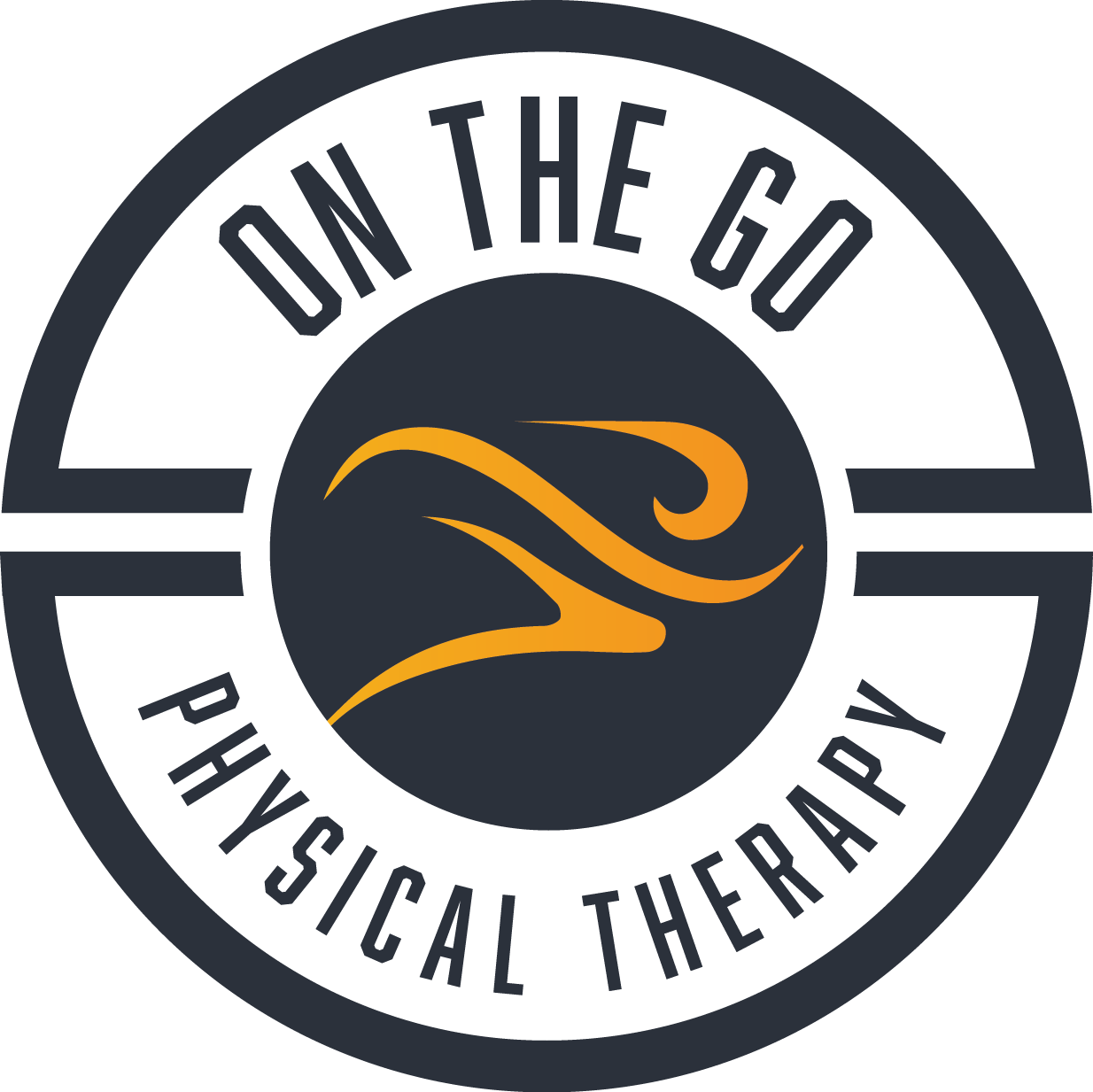Breathing and the nervous system
The nervous system and the musculoskeletal system work in tandem to create movement. If we have dysfunction with one system, it may manifest in the other system. Therefore, respiratory dysfunction in the nervous system may present as a musculoskeletal problem.
The control of breathing is balanced between the central nervous system (brain and spinal cord) and the peripheral nervous system (somatic nervous system and autonomic nervous system). The autonomic division of the peripheral nervous system is of particular interest to us here. The autonomic nervous system is divided into the sympathetic nervous system, the parasympathetic nervous system, and the enteric nervous system. Here we will focus on the sympathetic and the parasympathetic divisions of the autonomic nervous system.
When we experience emotions, pain, fear, and stress, our sympathetic and parasympathetic nervous systems respond by adjusting blood pressure and heart rate (among other variables). Generally speaking, parasympathetic activity is associated with a relaxation response and sympathetic activity is associated with a heightened response.
A slow diaphragmatic breath with prolonged exhalation will increase parasympathetic activity and result in relaxation. On the other hand, rapid chest breathing with prolonged inhalation will increase sympathetic activity and result in a stress response.
When we operate mainly through the sympathetic nervous system, we are living in a state of heightened arousal. This state is known as up-regulation. Up-regulation negatively alters our breathing patterns and changes the respiratory muscles we recruit for breathing. These changes can alter motor control patterns and result in musculoskeletal pain. Therefore, we should be assessing and treating breathing in physical therapy.
Dual role of the diaphragm
In early development, the diaphragm acts primarily as a respiratory muscle. However, at 6 months, the diaphragm takes on a dual role as a respiratory muscle and postural muscle. Both of these roles must be intact in order to achieve lumbopelvic stability and optimal movement patterns.
The diaphragm initiates cores stability through its influence on intra-abdominal pressure. It works with the transverse abdominis, multifidus, and pelvic floor muscles to provide support to the spine. Proper diaphragmatic function not only allows us to breathe, but also provides us with the postural stability that is required for complex movements.
When breathing demands increase, there is competition between the two roles of the diaphragm. Breathing will always win this competition (after all, we need it to live). As a result, the diaphragm's contribution to postural stability declines.
When individuals exhibit breathing pattern dysfunction, meaning they cannot diaphragmatically breathe, or they are too dependent on accessory respiratory muscles, their bodies become hyper-focused on the demands of breathing. They will overuse other respiratory muscles and the diaphragm will be unable to perform its stabilizing role. Consequently, posture and movement patterns will suffer.
We must remember that the diaphragm is a muscle. It is critical that we involve breathing in physical therapy treatments - we have to train the diaphragm too!
In many adults, we see breathing move away from the stomach and higher into the chest. These individuals are not taking full advantage of the diaphragm. The longer they under-recruit this breathing muscle, the harder it is to normalize breathing patterns and the more likely they are to develop musculoskeletal issues.
End of part 2



